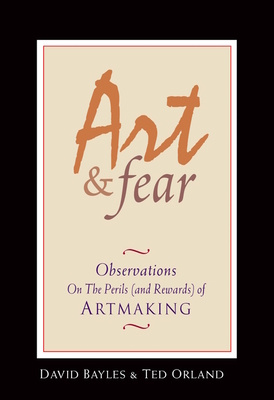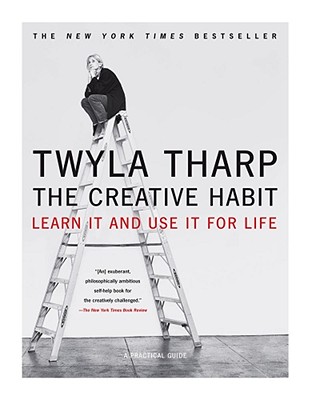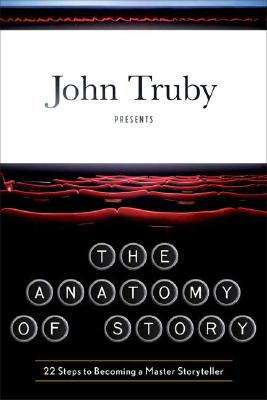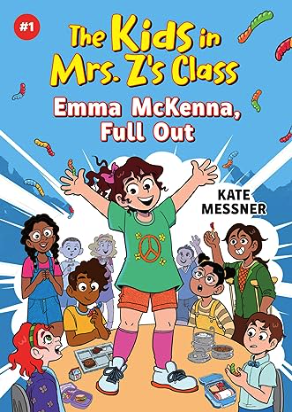If you’re a regular reader of this blog, you probably know that my first teacher resource book, REAL REVISION, was just released from Stenhouse Publishers. When I was working on that project and telling my husband about it, the first thing he said was “Writers are going to want this, too.” Would they? I know how much I learned about revision when I was researching and writing it, and then I also got thinking about some books that weren’t necessarily written for writers…but that I’d found incredibly helpful in my writing life.

ART AND FEAR isn’t a craft book; it’s a book about making art (or writing) even when insecurity and fear creep into our writing spaces. The book pulls back the curtain on the emotional process of art making, the worry that nothing we create will ever match our mental image of what we intended to create. (See my poem “The Book in My Mind” for my thoughts on this) ART AND FEAR is a great book for getting unstuck and settling down to work.
THE CREATIVE HABIT: LEARN IT AND USE IT FOR LIFE by Twyla Tharp

Writer friend Linda Urban turned me on to this book in a talk she gave about finding the “spine” of your work. Tharp talks about that in THE CREATIVE HABIT — finding the emotional heart of the piece you’re creating, and though she writes from her experiences as a choreographer, her wisdom applies to the work of novelists as well. Like ART AND FEAR, I found this book inspiring, too. If Tharp can walk into a perfectly empty dance studio and come out with a piece that must be choreographed on a tight deadline — if she can spin magic out of an empty room — then perhaps I can do the same with an empty page.
THE ANATOMY OF STORY: 22 STEPS TO BECOMING A MASTER STORYTELLER by John Truby
and


Both of these books are written for screenwriters — people who hope to see their stories picked up by Hollywood producers and ultimately gracing the big screen — but they’re incredibly useful for novelists as well. Both Truby and Snyder get into the nitty gritty strategies. They tackle character development — creating likable characters that viewers (and readers) will want to stick with for the whole two hours (or 300 pages) and pacing — how to outline your story to make sure there’s conflict and tension in every scene. Really, really good stuff here.
And finally…
REAL REVISION: AUTHORS’ STRATEGIES TO SHARE WITH STUDENT WRITERS by…well…me
(Note: The link above is to Amazon because I can’t find it on IndieBound just yet – but if you have a local indie bookseller, I bet they’d be happy to order for you!)

I was originally asked to write this book for teachers — as a way to demystify the revision process that real authors use in their writing processes to make it easier for teachers of writing to share those kinds of strategies with their students. During the research phase, I interviewed more than forty authors who write for middle grade readers. I asked them how they revise for big-picture issues within a manuscript, what strategies they use to make their characters leap off the page, how they check for continuity and solid world-building, and how they fine-tune the language in their writing to make their stories sing. I learned so, so much while I was writing this book and came to realize that it wasn’t just for teachers — it was also the book I wished I’d had when I started writing novels. I hope other writers will learn as much from reading it as I did writing it. You can preview the full book for a limited time on the Stenhouse website by clicking here.
I’m sure there are lots of other books — on inspiration or teaching or art, or heck, maybe even baseball — that have lessons for writers to learn, too. What are some of your favorites?





I loved absolutely all these books!
The one I would add: The Laws of Simplicity, by John Maeda. It may be about design and technology, but I thought his ten laws for simplifying complex systems in business and life applied nicely to writing a novel!
Congrats on Real Revision!!!!
Laws of Simplicity sounds great, too – thanks, Sarah!